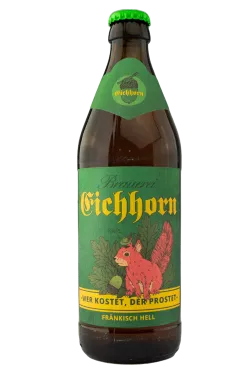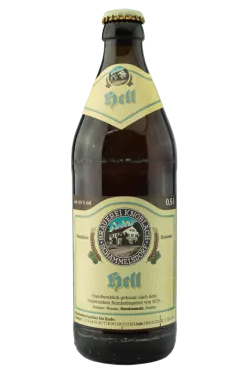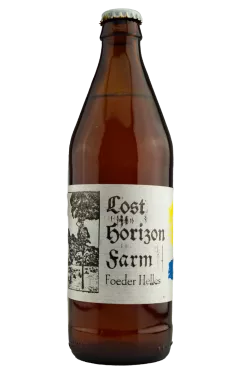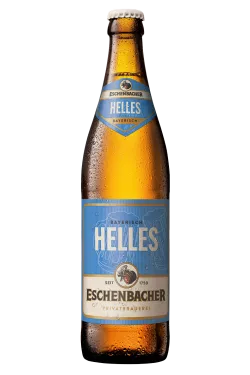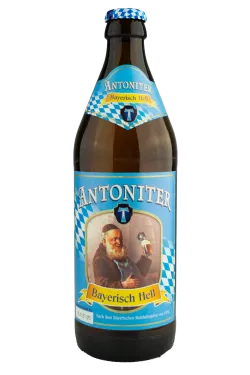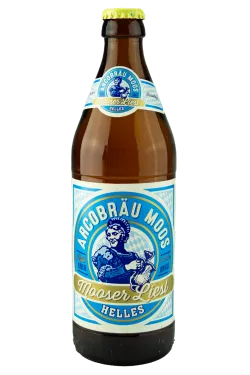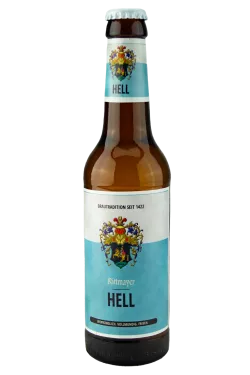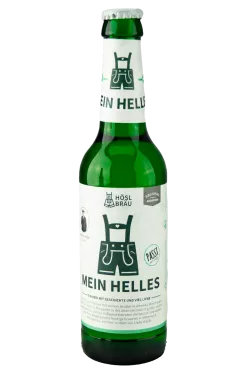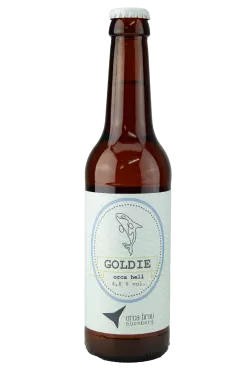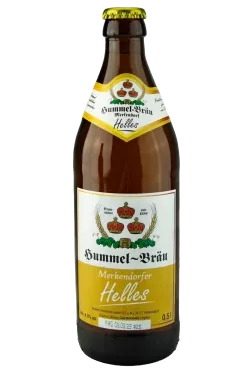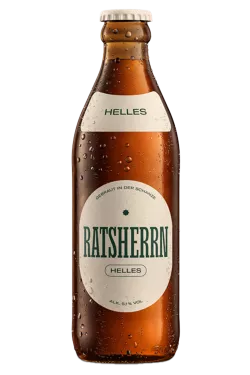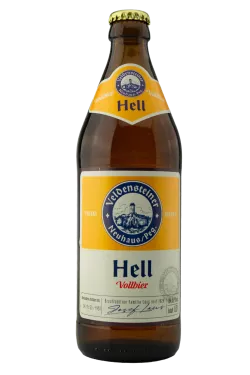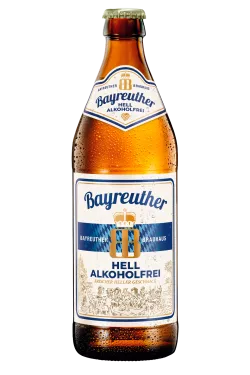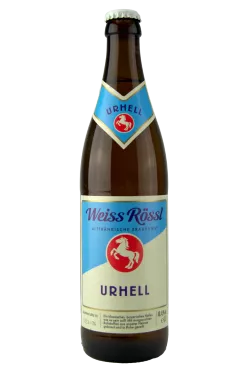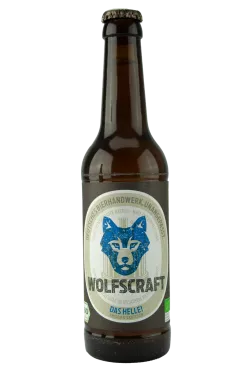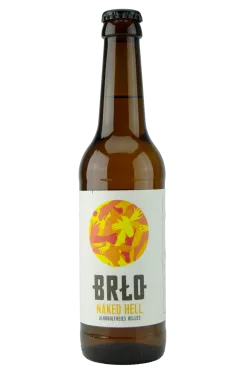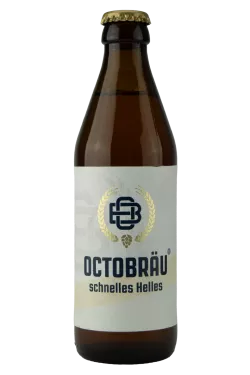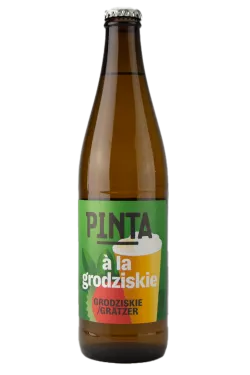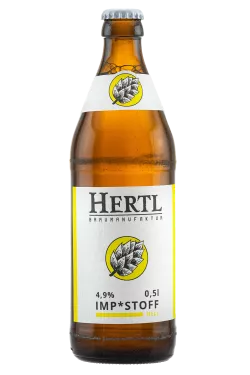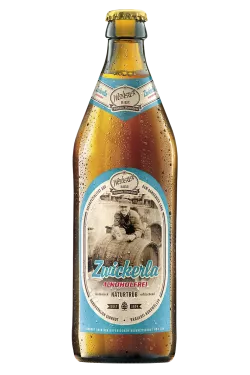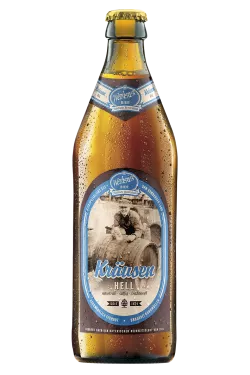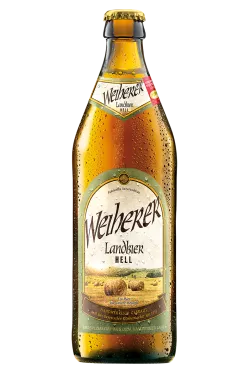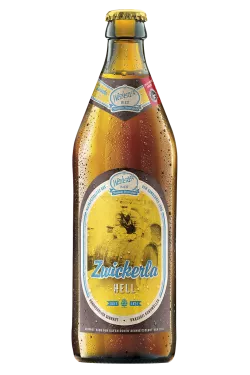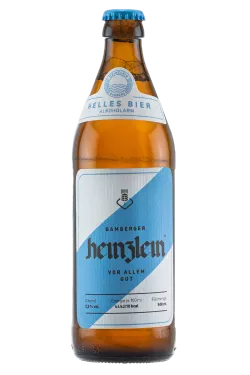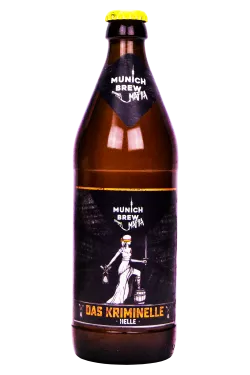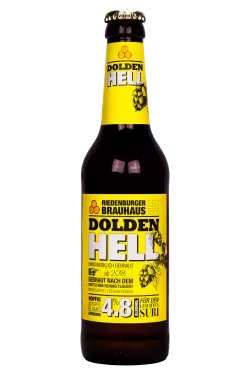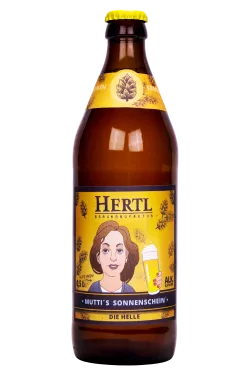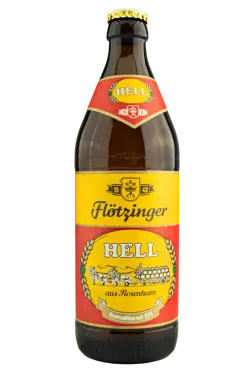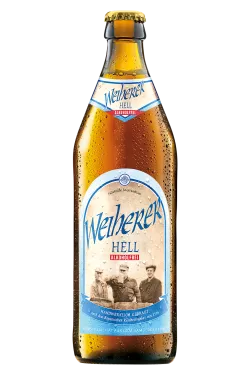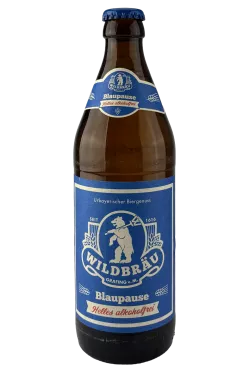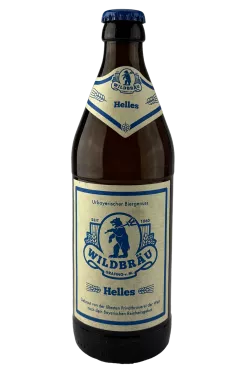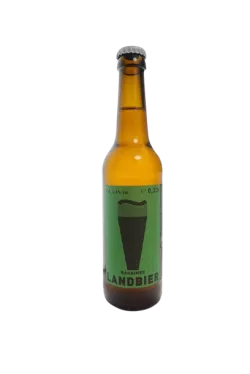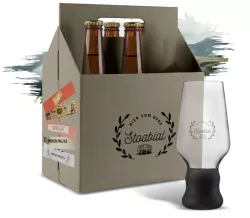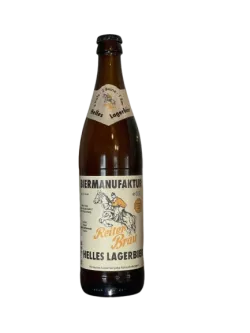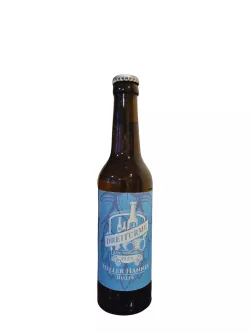Helles
Der Süden Deutschlands zeichnet sich durch seine unglaubliche Biervielfalt aus. Die Region mit der höchsten Brauereidichte der Welt befindet sich hier, und man kann gut und gerne sagen, dass es mancherorts in jedem noch so kleinen Dorf eine eigene Brauerei gibt. Bier ist fest in der Tradition des Südens verankert und wird als lebendiges Kulturgut tagtäglich gefeiert. Die Stile der unteren Hälfte Deutschlands sind ebenso vielfältig wie die Techniken, Rohstoffe und Rezepturen. Man trinkt Weißbier, Bock, Pils, Rauchbier, dunkle Varianten, wenn es sein muss auch mal ein Alkoholfreies oder ein Radler – und natürlich Helles.
Was macht das Helle so besonders?
Der Bierstil erfreut sich besonders in Bayern großer Beliebtheit. Das liegt zum einen daran, dass das Helle hervorragend zur deftigen Landesküche passt. Brotzeit, Klöße, Braten, Bratwurst, Sauerkraut, Haxn, Weißwurst und selbst Apfelstrudel, Zwetschgenkuchen und in Zimt und Zucker gewendete Bavesen harmonieren wunderbar mit der milden Würze des goldenen Biers. Zum anderen ist der Ruhm des Hellen auf seinen unvergleichlich süffigen, feinsinnig ausbalancierten und geschmackvollen Charakter zurückzuführen. Seit seiner Erfindung Ende des 19. Jahrhunderts wächst seine Fangemeinde stetig – und wir zählen längst dazu.
Im Normalfall kommt das Helle in einem kristallklaren, glanzfeinen Goldton daher. Sein Alkoholgehalt liegt in der guten Mitte und erlaubt bei angenehmen 4,5 bis 5,5 % den gelegentlichen Genuss von mehr als einem Glas. In Duft und Geschmack gibt sich die strohblonde Schönheit malzbetont: Ein feines Bouquet aus Getreide und ofenfrischem Brot erfüllt die Luft, während der Antrunk den Gaumen mit fülligen Malztönen, weicher Süße, Karamell-Anklängen, Honignoten und einer zurückhaltenden Hopfenbittere umgarnt. In Sachen Körper erstreckt sich die Bandbreite des Bierstils von schlanken Varianten bis hin zu vollmundigeren, stabileren Exemplaren. Doch die hohe Trinkbarkeit und die herrliche Frische haben alle Ausführungen gemeinsam.
Wie ist das Helle entstanden?
Nach fast zwei Jahrtausenden, die von dunklen, kräftigen und obergärigen Bieren dominiert wurden, betrat das Helle zwischen dem 19. und 20. Jahrhundert die Bühne. Die Erfindung der Kältemaschine und die ersten Erfolge von Anton Dreher mit Lagerbier in der österreichischen Brauerei in Schwechat bei Wien war maßgeblich dafür verantwortlich, dass die Münchner ihr ohnehin schon breites Repertoire an Bieren um eine helle, untergärige Spezialität erweitern konnten. Bisher konnte man untergärige Biere aufgrund der fehlenden Kühlmöglichkeiten ausschließlich in der kälteren Jahreshälfte brauen, doch das änderte sich nun. Der Münchner Entwurf unterschied sich maßgeblich vom tschechischen Pilsner: Das Helle war weniger bitter, etwas runder und deutlich süffiger.
Seither hat sich der Bierstil zum absoluten Biergarten-Klassiker gemausert und darf auf keinem Bierkeller mehr fehlen.
Entdecke hier unsere breit gefächerte Auswahl feinster Heller und finde Dein neues Lieblingsbier!



